Campaigners and community groups have responded angrily after a move aimed at helping Highland communities “bombarded” with plans for energy developments was rejected.
Councillor Helen Crawford submitted a motion for discussion at the next Highland Council meeting next week.
It called for a real-time map, showing all the known major renewable energy developments, including those in planning, in the region.
Councillor Crawford said this would show the cumulative impact of all applications in the pipeline.
What else was in the motion?
She wanted the council to defer consideration of all proposed major electricity generation, storage and transmission planning applications until the map is available.
The motion called for help for community councils tracking major developments and for local views to be considered in the process.
It also sought to lobby the Scottish Government to end “salami-slicing”, the process where developers submit piecemeal applications.
However, council convener Bill Lobban decided the motion was not competent.
Ms Crawford plans to re-submit the motion to the next full council meeting in September.
She represents Aird and Loch Ness, which she says is the “epicentre” of major power line and substation upgrades by SSEN and multiple planning applications from developers.
She said: “This motion is about our planning process and what Highland Council can do right now to ensure that the views of our communities are taken on board.
‘Avalanche of applications’
“I am disappointed that it was blocked from being put on the agenda for the upcoming full council meeting.
“Our communities are looking for us to take action now.
She said many parts of the Highlands are seeing a significant number of major renewable energy development applications.
“We need to do all that we can to ensure that community views are genuinely represented in the planning process and that developers engage meaningfully with our communities when they raise concerns.
“If we do not crack on with that now, it’s going to be too late, given the avalanche of applications that we are receiving.”
The refusal of the motion has been criticised by a group of eight community councils – Kilmorack, Strathglass, Kirkhill & Bunchrew, Kiltarlity, Halkirk, Thurso, West Caithness and Strathy & Armadale.
They say it would bring “badly-needed transparency, clarity and objectivity to the flawed planning process”.
But they said they are “appalled by this bland apparent denial of democratic request for something better”.
Cameron Kemp, chairman of Kirkhill & Bunchrew Community Council, said: “I cannot tell you how disappointed many of us are that this motion won’t even be debated by Highland Council.
“Surely we deserve at least that?”
‘We are crying out for this help’
He said a lot of time is taken up trying to keep track of proposals in the planning process.
“I became a community councillor so that I could help improve the wellbeing of our community and the general upkeep of our neighbourhood, not to spend my life trying to firefight these major energy infrastructure applications.
“We are crying out for this help and we need all of our Highland councillors to get behind us on this one.
“The onslaught of major energy infrastructure proposals is overwhelming.”
He said members of the public feel disenfranchised in the decision-making process with a lack of meaningful consultation.
Donna Peacock, of Kiltarlity Community Council, said: “This motion exposes the bombardment of consultations and planning applications for infrastructure – in our area and across the Highlands – that communities like ours have been experiencing.
“There is a void of joined-up accurate real-time mapping and scale visuals to show the cumulative impact these developments will have if approved.
“Instead, we have to wade through reams of what are often very complex and technical designs, specifications, analyses, and environmental studies.”
She said Ms Crawford’s motion offered a “ray of hope” that some of the failures in the existing planning process might be addressed.
“It is a bitter disappointment to learn that this motion has been rejected.”
Scrutiny of developments needed
Campaign group Communities B4 Power Companies called the situation a “democratic outrage”.
“It is high time that our elected representatives recognise the trauma rural communities are suffering at the hands of developers and this motion could have gone some way in doing that.”
It says communities need fully-funded scrutiny of major developments by independent experts.
“All too often rural citizens have to spend hours of their own time and thousands of their own pounds just trying to understand complex planning applications and striving for a fair deal in the planning process.”
Mr Lobban said he decided Councillor Crawford’s motion was not competent.
“Any claim that this involves the administration is not correct.”
He said it is the responsibility of councillors to ensure their motions are likely to be competent.
“Clearly in this particular case, despite advice to the contrary, Councillor Crawford decided to present a motion that did not meet the required criteria.”
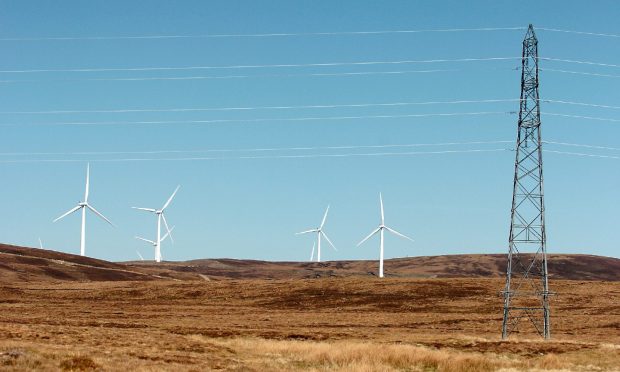
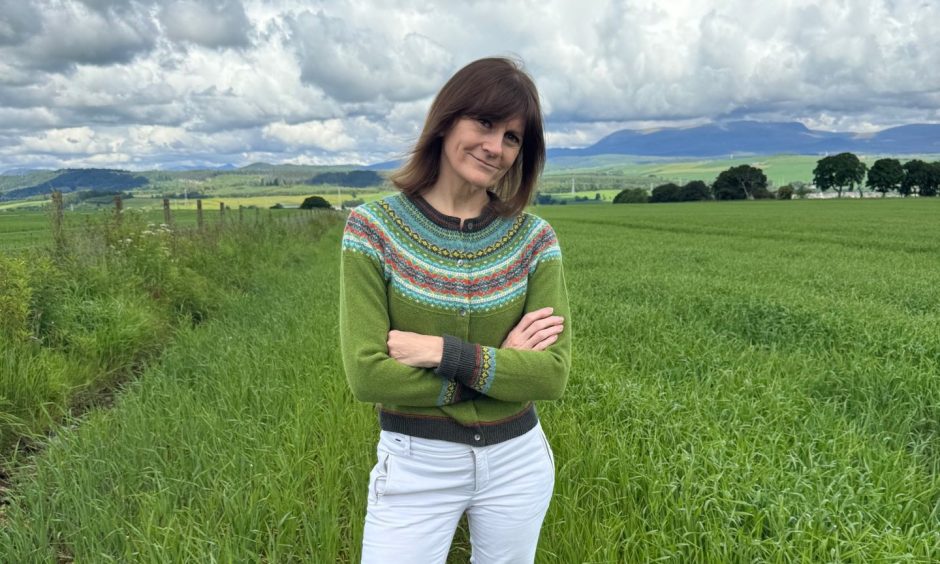
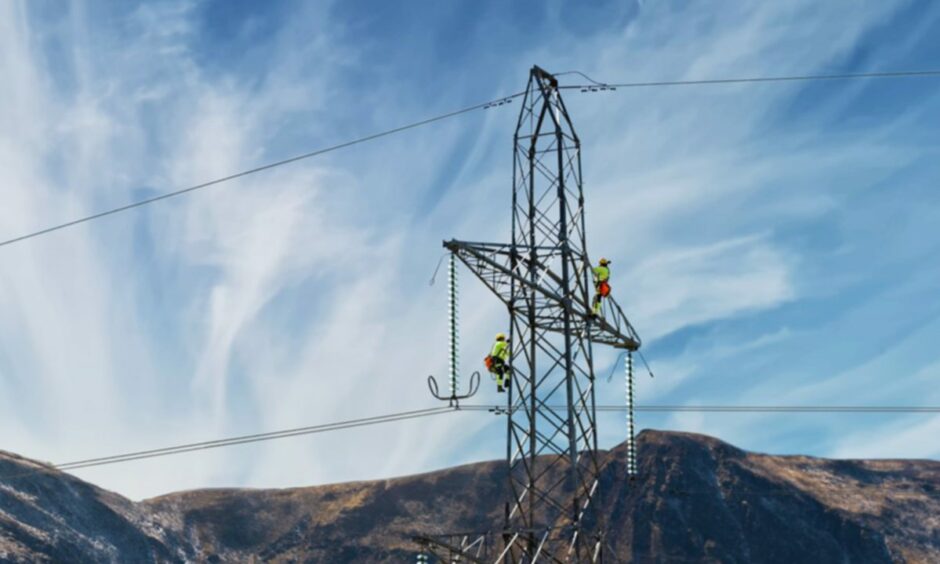
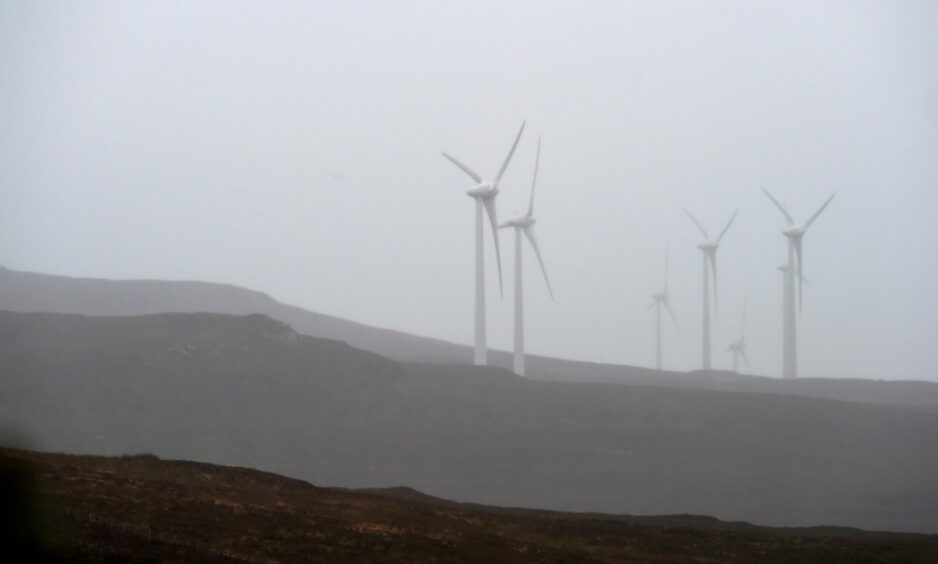
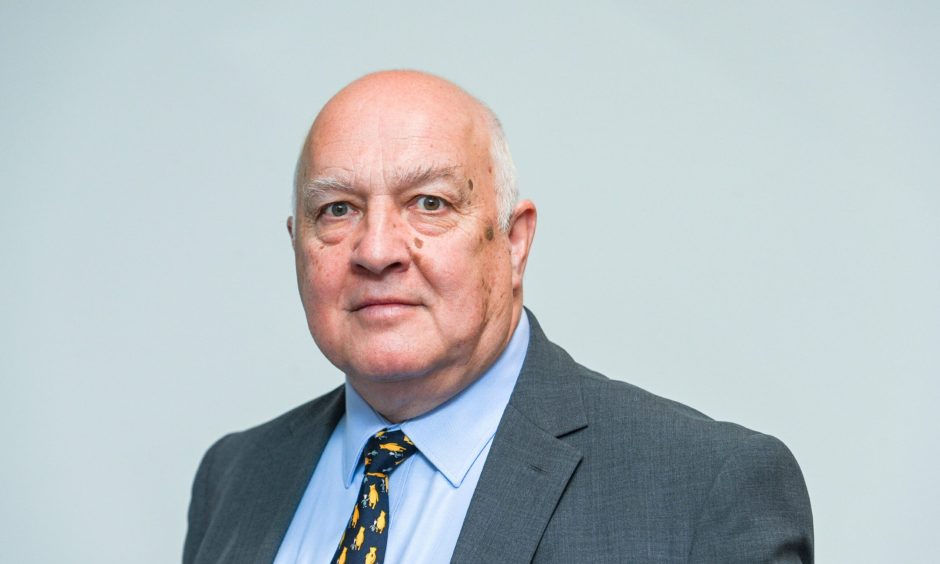
Conversation